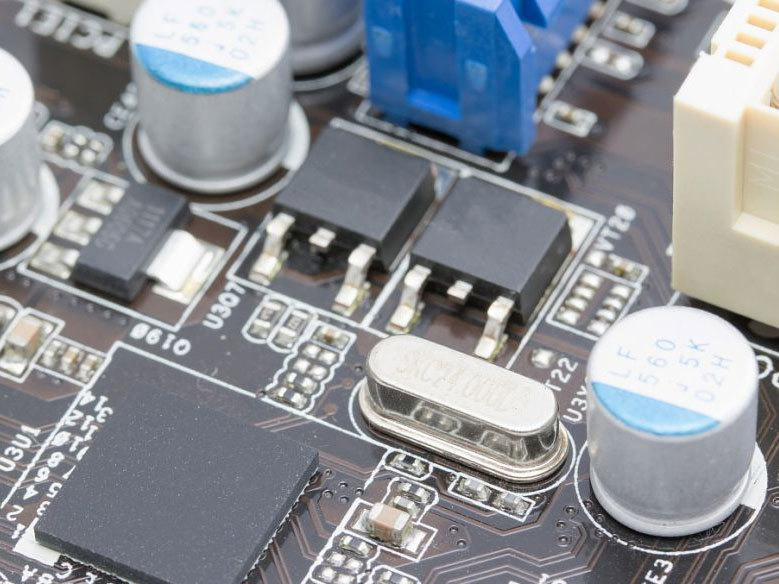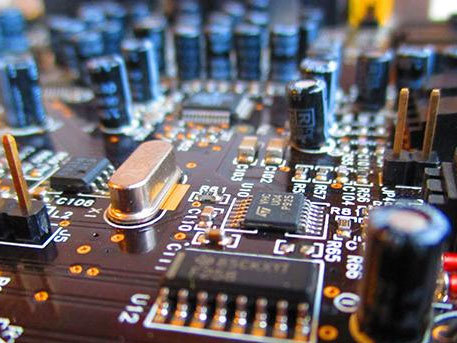The main difference between safety capacitors and ordinary capacitors lies in their design purpose, certification requirements, materials used, safety performance and applications.
Design purpose and function: safety capacitor is mainly used to ensure that the capacitor will not cause electric shock after failure, does not endanger personal safety, mainly used in anti-interference circuit filtering effect. They are used in the power filter, play the role of power filter, respectively, the common mode, differential mode interference from the filter. For safety and EMC considerations, it is generally recommended to add safety capacitors to the power inlet. The ordinary capacitor is used for general power or high-frequency entertainment electronic devices, the main role is to carry out voltage regulation and frequency conversion.
Certification requirements: safety capacitors generally have to pass many certifications, such as CQC, VDE, UL, CUL, etc., and the more certifications, the better. Ordinary CBB capacitors do not require any certification.
Materials used: The materials used in safety capacitors are usually metallized polypropylene films, while metal foils or aluminum foils are used as electrode materials in ordinary capacitors. In addition, the safety capacitor also has a higher voltage level and lower leakage current, making it more reliable and safe in high temperature, high voltage and high frequency environments.
Safety performance: The safety capacitor will not retain the charge after the external power supply is disconnected, so it will not produce electric shock, which is a major difference from ordinary capacitors. Ordinary capacitors will retain the charge for a long time after the external power supply is disconnected, and will be electrified if touched by hand.
Application: safety capacitor is mainly suitable for power supply of electronic instruments and electronic equipment, used in switches, contacts and other parts of the spark discharge, can play a role in absorbing pulse interference and reducing electromagnetic disturbance. Ordinary capacitors are widely used in various types of electronic equipment, differential motors, power tools, lighting fixtures, air conditioners, refrigerators, washing machines and other household appliances and power systems.
To sum up, the safety capacitor is a kind of electronic device with high safety performance, and its design and use of materials are aimed at improving the safety and stability of the circuit, while the ordinary capacitor is more focused on the realization of the basic functions of the circuit.
















